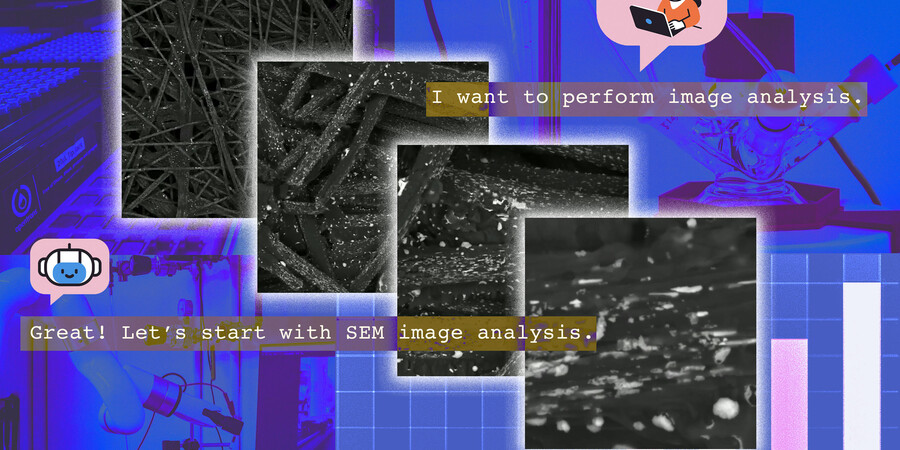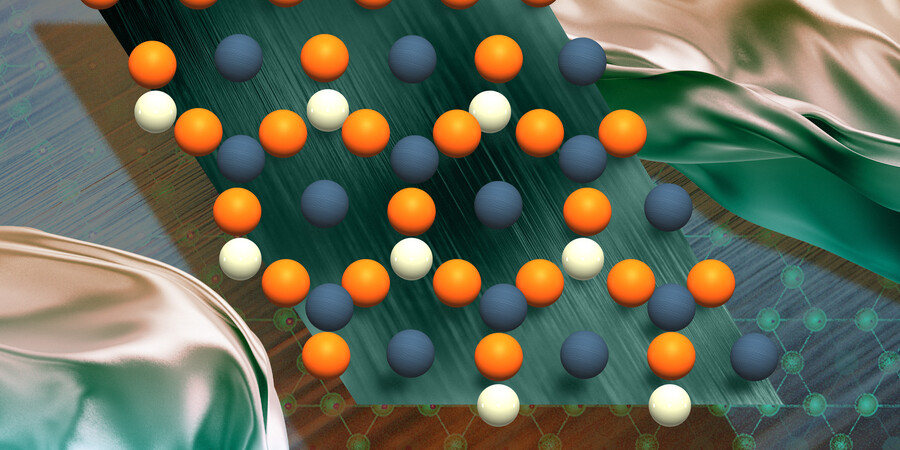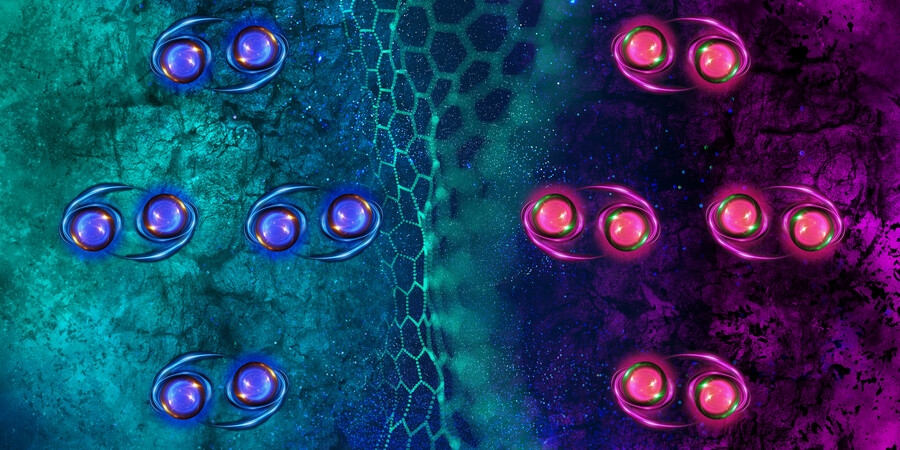October 22, 2025
If you think of a single atom as a grain of sand, then a wavelength of visible light — which is a thousand times larger than the atom’s width — is comparable to an ocean wave. The light wave can dwarf an atom, missing it entirely as it passes by. This gulf in size has long made it impossible for scientists to see and resolve individual atoms using optical microscopes alone.
Only recently have scientists found ways to break this “diffraction limit,” to see features that are smaller than the wavelength of light. With new techniques known as super-resolution microscopy, scientists can see down to the scale of a single molecule.
Complete article from MIT News.
Explore
AI System Learns from Many Types of Scientific Information and Runs Experiments to Discover New Materials
Zach Winn | MIT News
The new “CRESt” platform could help find solutions to real-world energy problems that have plagued the materials science and engineering community for decades.
New Tool Makes Generative AI Models More Likely to Create Breakthrough Materials
Zach Winn | MIT News
With SCIGEN, researchers can steer AI models to create materials with exotic properties for applications like quantum computing.
MIT Physicists Discover a New Type of Superconductor that’s also a Magnet
Jennifer Chu | MIT News
The “one-of-a-kind” phenomenon was observed in ordinary graphite.




